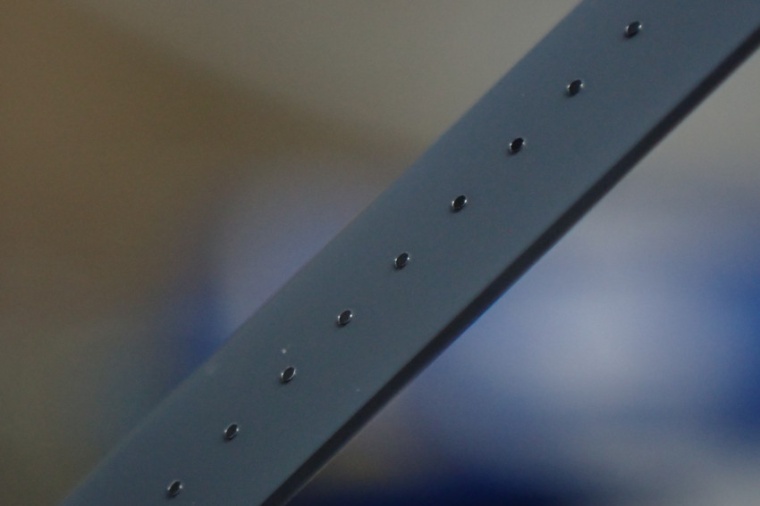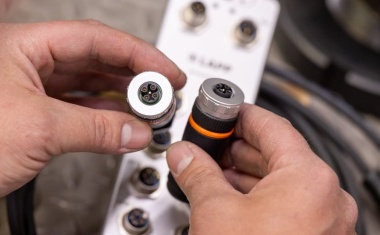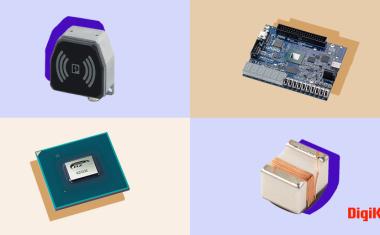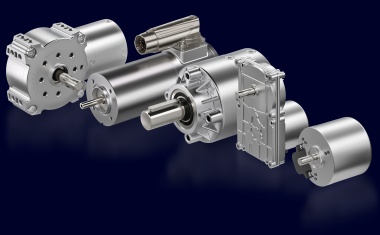Linking dark and bright light pulses
The combination of solitons increases the color range of the emitted light from the microresonators.
For the first time, scientists were able to create in microresonators ultrashort dark and bright light pulses that are linked together. Each of the flashes consist of many different, precisely defined colors – a frequency comb. The combination of the pulses increases the color range of the emitted light from the microresonators. This new light source helps to make more precise sensors to trace for example lowest quantities of explosives at an airport or for distance sensors in autonomous cars to detect obstacles on a street.

Laser light of only one color produce a rainbow of many different colors. Scientists are able to produce this effect in microresonators, small discs made of glass. If they send a pulsed laser beam into these structures, ultrashort packets of light waves are running in its interior in circles. And start to send out light of different, evenly spaced frequencies like the teeth of a comb. Now, researcher from the Max-Planck-Institute for the Science of Light (MPL) in Erlangen and the Imperial College London were able to produce for the first time an optical frequency comb with an additional effect: By directing two laser beams of slightly different infrared light at the outer rim of the microresonator they got two solitons: one bright and one dark, which run in circles. A dark pulse means having a constant light signal that goes dark for a very short time.
Both were coupled and trapped together inside the resonators. This pair produced a frequency comb in the infrared spectrum with two peaks of hundreds of precisely defined frequencies. “Therefore, we can use more frequencies to transport information through a glass fibre”, explains Pascal Del'Haye, head of the independent research group Microphotonics at the MPL, one possible application of the effect in telecommunication.
The broadened frequency combs can also be used in spectroscopy, another application for microresonators that can be produced in high numbers with similar techniques like computer chips. They can then be integrated into sensors which are searching for explosives at an airport or measuring air quality. Tiny microresonator based frequency comb sources for satellite-based measurements are currently also investigated in a collaboration between Airbus and the Max Planck Institute. Another application might be in Lidar systems. They are for example the eyes in autonomous cars and help them to detect pedestrians on the street. (Source: MPL)
Link: Microphotonics, Max-Planck-Institute for the Science of Light MPL, Erlangen, Germany











